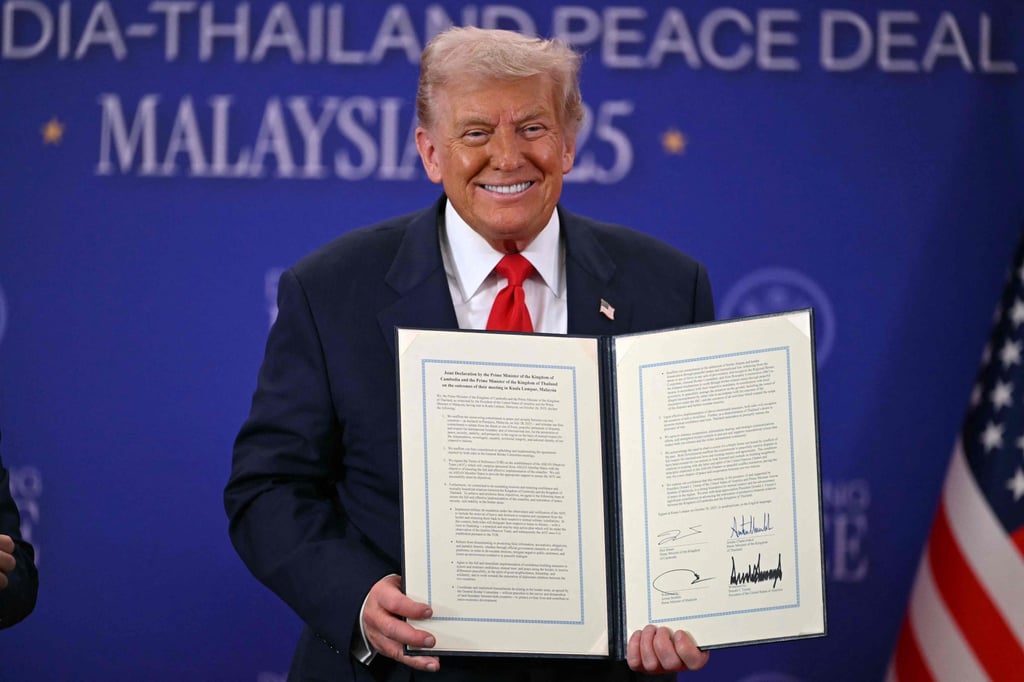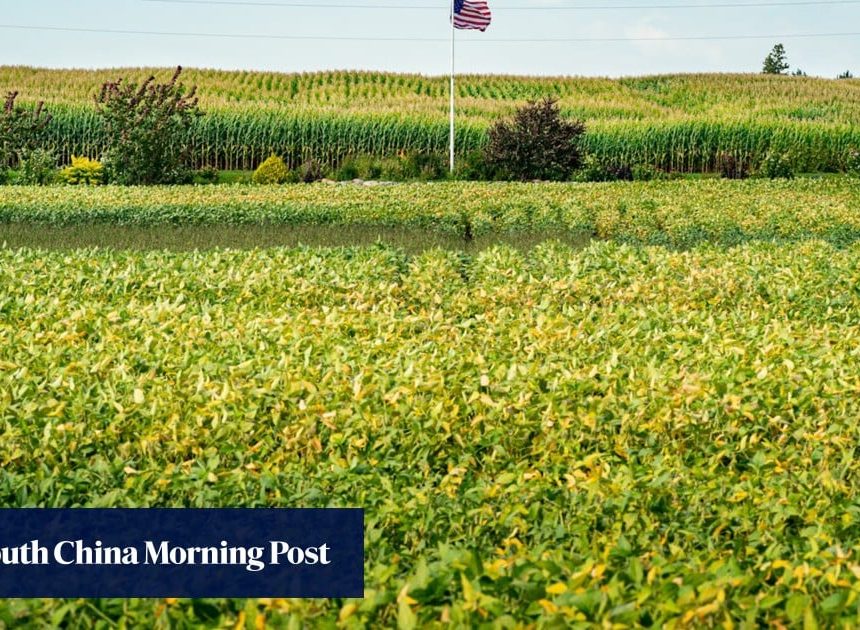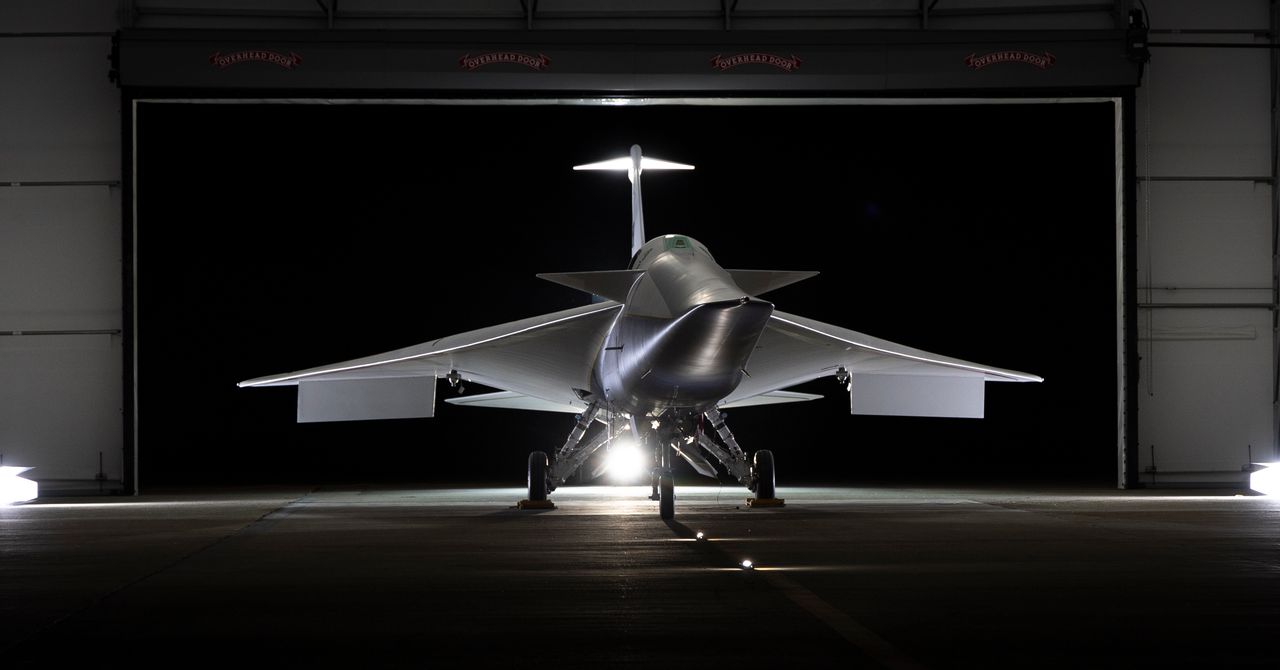1 November, 2025
0 Comments
0 categories
Beneath hills draped in ancient rainforests, where rivers sustain millions and biodiversity flourishes, Southeast Asia hides a treasure coveted by global superpowers: rare earth elements.
These minerals – neodymium, dysprosium and yttrium, to name just a few – form the backbone of modern technology, powering everything from smartphones and electric vehicles to MRI scanners and missile guidance systems.
As much as one-fifth of the world’s untapped rare earth deposits are thought to nestle within the region, promising untold billions to whoever can extract and process them for a market hungry for the resources fuelling artificial intelligence, defence manufacturing and the world’s energy transition.
China, long the dominant player in rare earth extraction and processing, has increasingly turned to neighbouring Laos and Myanmar in search of additional deposits. Earlier this year, Beijing sent shock waves through global supply chains by imposing export controls on its own supplies – curbs it recently expanded, before announcing it would suspend some for a year from Friday following talks with the United States and South Korea.

Now, Washington is also racing to stake its claim. Donald Trump was all smiles when he arrived at the Association of Southeast Asian Nations summit last weekend, but behind the scenes the US president wielded the threat of tariffs to pressure export-driven Asean economies into aligning with Washington’s agenda.
He departed with a clutch of trade agreements as well as the optics of a “peace deal” extending a ceasefire along a border that Cambodia and Thailand have bickered over for decades.


